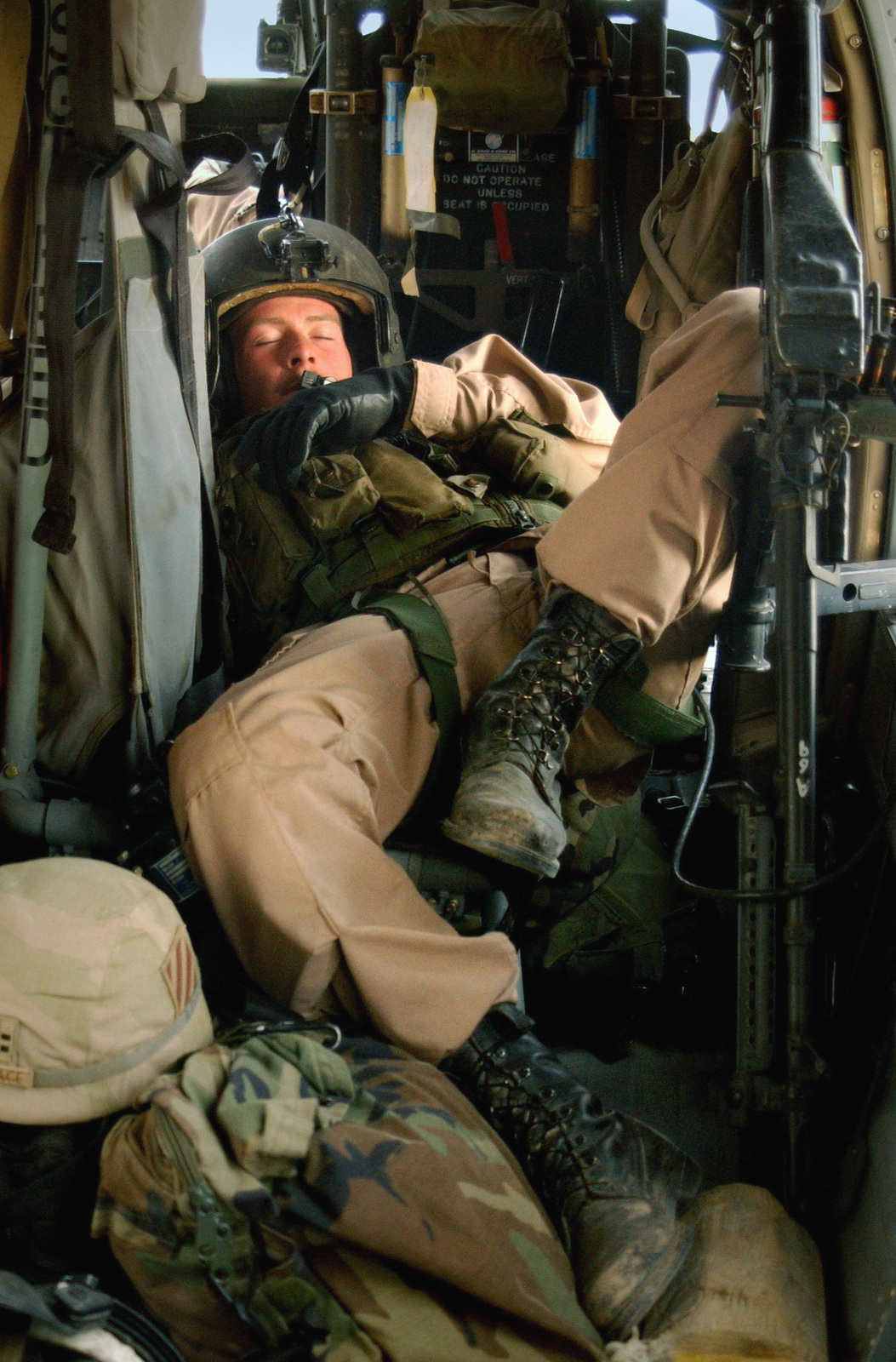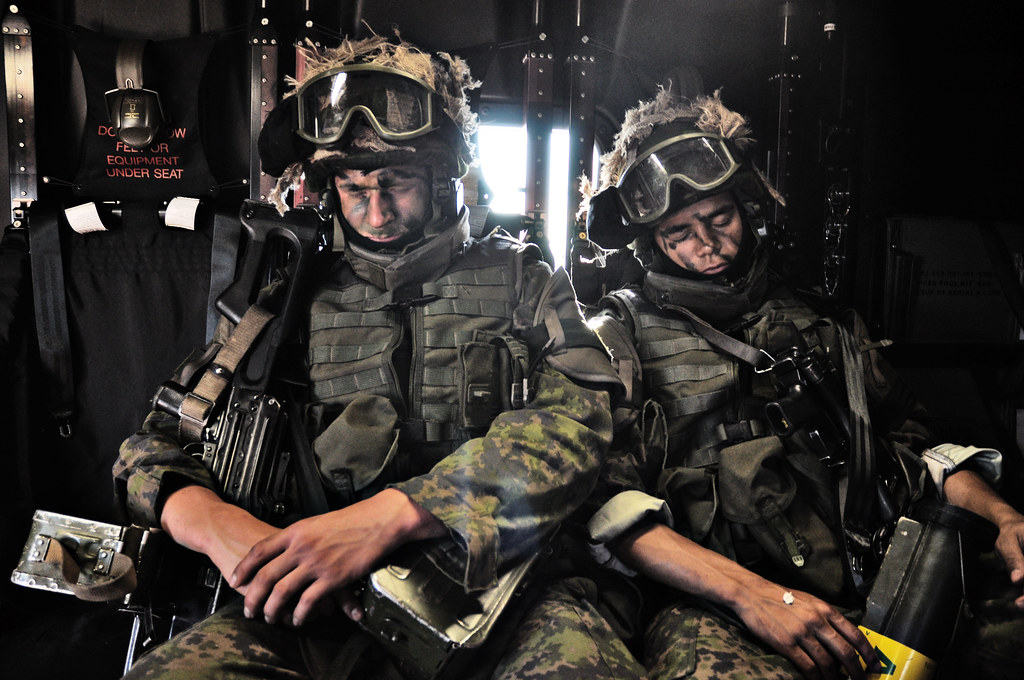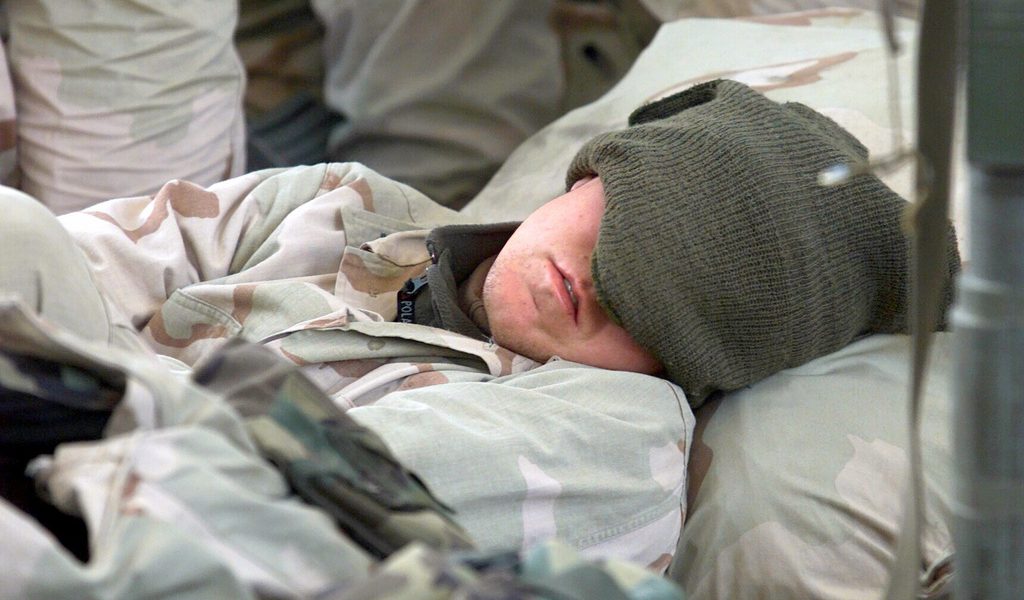There’s no denying that sleep is integral to health. This bodily function allows the body to recover and keeps the brain refreshed. Without enough rest, sleep-deprived individuals can face a greater risk of serious health problems, such as obesity, diabetes, and heart disease.
Unfortunately, consistently getting a good night’s rest can be challenging. This is especially true when dealing with sleep disorders, medical conditions, mental health issues, or inconsistent work schedules.
The Challenges of Falling Asleep


Some people who have trouble sleeping resort to taking sleeping pills to fall asleep quickly. Sad to say, they tend to experience unwanted side effects the next day, such as grogginess or oversleeping. 1
Although poor quality and insufficient sleep are common, it’s shocking how much time is wasted trying to fall asleep. To emphasize, an average person spends seven years attempting to doze off. Just think about all those hours you’ve wasted tossing and turning at night when you could’ve slept like a log! 2
The good news is that you don’t have to get stuck in the frustrating cycle of popping sleeping pills or trying too hard to fall asleep that you end up keeping your mind awake. Besides meditating and avoiding bad habits before you sleep, consider trying a science-based military technique to fall asleep. This should help your body and mind wind down and enter a shutdown mode.
The Origin of This Military Technique to Fall Asleep


Joining the military can take a toll on one’s health. A report shows that active duty service members are 34 percent more likely to experience insufficient sleep than those with no history of military service. 3
That said, sleeping was a luxury for fighter pilots in the U.S. Army during World War II. They had to force themselves to sleep on less-than-ideal sleeping conditions, like battlefields.
Unfortunately, lack of sleep lowered the pilots’ alertness and concentration, leading them to have impaired judgment. Their slowed-down thought processes caused them to make fatal errors that could have otherwise been prevented when they got enough sleep. 4
This dilemma prompted the U.S. Navy Pre-Flight School to develop a method to help fighter pilots improve their focus and reflexes. Ideally, this hack should help them fall asleep within two minutes at any time, in any condition.


During training, the fighter pilots had to fall asleep while sitting upright. This position usually causes restlessness, but being in a chair was all they needed to doze off within minutes. They were able to drowse off fast by putting their feet flat and letting their hands go limp against their laps.
Six weeks of practice revealed that the military hack is effective. Results showed that it helped 96 percent of fighter pilots fall asleep in two minutes or less, even after drinking coffee and machine gunfire playing in the background.
Step-By-Step Guide on How to Apply This Military Technique to Fall Asleep
This military method works similarly to meditation. Ideally, it should get you off to sleep after minutes of clearing your thoughts and keeping your body relaxed. Here are the steps to properly do it.
Step 1: Relax Your Facial Muscles


First, lie down or sit on a chair or the edge of your bed. After finding a comfortable position, take deep breaths and loosen your facial muscles—no frowning or squinting.
Close your eyes and let them fall deep into your socket to signal your body to unwind. Next, relax your cheeks, tongue, and jaws.
Step 2: Loosen Your Body
Drop your shoulders as low as possible. The key to doing right is to feel them floating down your body. Afterward, let your arms, hands, and fingers dangle.
After relaxing your upper body, it’s time to focus on the legs. Think that your thighs and calves are sinking into the ground. Next, let the muscles of your ankles and feet go limp.
Step 3: Breathe Deeply
As you enter a relaxed state, breathe deeply, fully expanding your stomach. Exhale slowly and feel that you’re letting go of all the tension.
Listen to the sound of your breath as you deeply breathe in and out. Don’t forget to relax your chest with each breath.
While taking deep breaths, imagine a warm sensation going from your head, heart, down to your toes.
Step 4: Clear Your Mind


The last—and probably the most challenging part—of this military technique is to clear your mind for ten seconds. No agonizing about what you should’ve accomplished that day or wondering what to eat the next day. This step is crucial because it will prevent you from making your muscles involuntarily contract.
If intrusive thoughts continuously distract you, imagine that you’re lying on a comfy couch or a black velvet hammock in a pitch-black room. Another image that can help keep your mind still is to think that you’re relaxing in a canoe on a lake with a blue sky above you. Do this for ten seconds.
If visualization doesn’t work for you, repeat this mantra for ten seconds: “Don’t think. Don’t think. Don’t think.” This will prevent your mind from wandering.
Do these steps, and you will soon send yourself to slumberland. Additionally, remember that this science-backed military technique takes two minutes to finish, but the last ten seconds will supposedly drift you to sleep.
Military Technique To Fall Asleep – In Short
Knowing how to switch off your mind, relax your body, and enter into guaranteed slumber within minutes sounds almost impossible, but it’s actually a learnable skill.
Imagine being able to fall asleep on cue, thanks to this military technique to fall asleep—no more tossing and turning at night getting frustrated by a loud snorer or a noisy neighbor!
If this military strategy didn’t work for you right away, don’t fret. After all, it’s supposed to be practiced every night for six weeks. Just keep practicing and working on breathing and muscle relaxation. Soon, you’ll potentially enjoy a deeper, more relaxing sleep and, ultimately, create a healthier you.
References:


